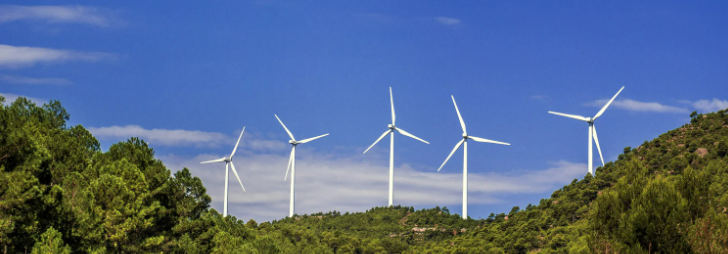
Economic pressure will likely peak in November 2022 through February 2023 before easing in spring 2023
Despite a notable improvement in European gas inventories, the continent is unlikely to avoid gas rationing, especially in light of the seasonal surge in natural gas consumption between September and March and the fact that current inventories cover only 2–3 months of European gas consumption. MNCs should evaluate the direct exposure of their regional supply chains and diversify local suppliers wherever possible to soften the impeding shock. Additionally, executives should continue to prioritize consumer and business segments that are more resilient to the expected disruptions and are likely to recover at a relatively quicker pace in H2 2023.
Overview
Russian gas exports into Europe fell to 100 mcm per day in August 2022 from the average seasonal flows of 350–400 mcm in previous years. The price of next-month delivery contracts has reached EUR 230 per MwH amid growing concerns about gas supply shortages. European gas storage reached 75% of capacity as of August 17, as LNG inflows (mostly from the US) resume more quickly than anticipated.
Our View
Despite a rapid increase in gas storage capacity on the back of a much faster-than-expected pickup in LNG imports, the loss of Russian gas supplies, with flows averaging only 100 mcm daily through August, will likely lead to gas rationing that will begin in September/October 2022 and peak in November 2022 through the end of Q1 2023. Additionally, an expected increase in the intensity of the conflict in Ukraine and continued European support for Ukraine are very likely to prompt further gas flow reductions by Russia—and potentially even oil output cuts—as Moscow attempts to increase economic pressure on the EU. The dramatic increase in natural gas prices will also likely push up utility costs for households substantially, leading to a surge in inflation through Q4 2022. Governments across Europe are likely to initiate their energy contingency plans in late September and October and gradually increase restrictions on domestic gas usage to soften the immediate shock on their respective economies. Domestic businesses, especially in markets that are more vulnerable to Russian gas disruptions, such as Germany, Slovakia, and the Czech Republic, are likely to experience significant shortages and rising input costs, which will severely depress output starting in October 2022, with pressures likely to peak in November 2022 through February 2023. The secondary effect of the gas shortages, which involves a substantial increase in inflation through an EU-wide rise in utility prices and a shock to external demand, will have a wider effect on the entire EU, with economic activity likely to contract throughout most of Europe, and markets such as Italy, Spain, and Baltics will be particularly exposed to these spill-over effects. The reduced seasonal consumption of gas during the spring and summer months suggests that pressures are set to ease in March 2023, while the substantial uptick in LNG imports and new gas deliveries from North Africa, Azerbaijan, and Qatar should ensure that the EU avoids gas rationing in H2 2023, as direct exposure to the Russian energy supply chain will remain reduced dramatically and permanently.
At FrontierView, our mission is to help our clients grow and win in their most important markets. We are excited to share that FiscalNote, a leading technology provider of global policy and market intelligence has acquired FrontierView. We will continue to cover issues and topics driving growth in your business, while fully leveraging FiscalNote’s portfolio within the global risk, ESG, and geopolitical advisory product suite.
Subscribe to our weekly newsletter The Lens published by our Global Economics and Scenarios team which highlights high-impact developments and trends for business professionals. For full access to our offerings, start your free trial today and download our complimentary mobile app, available on iOS and Android.

